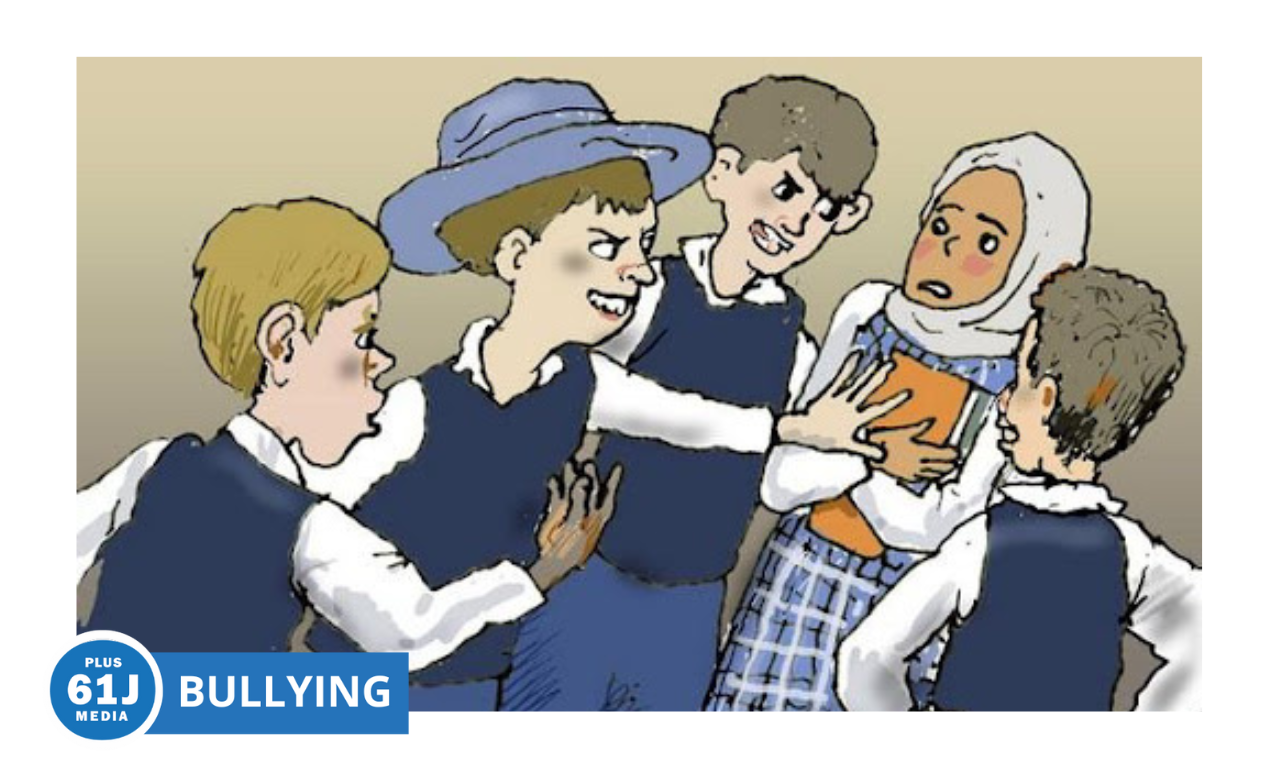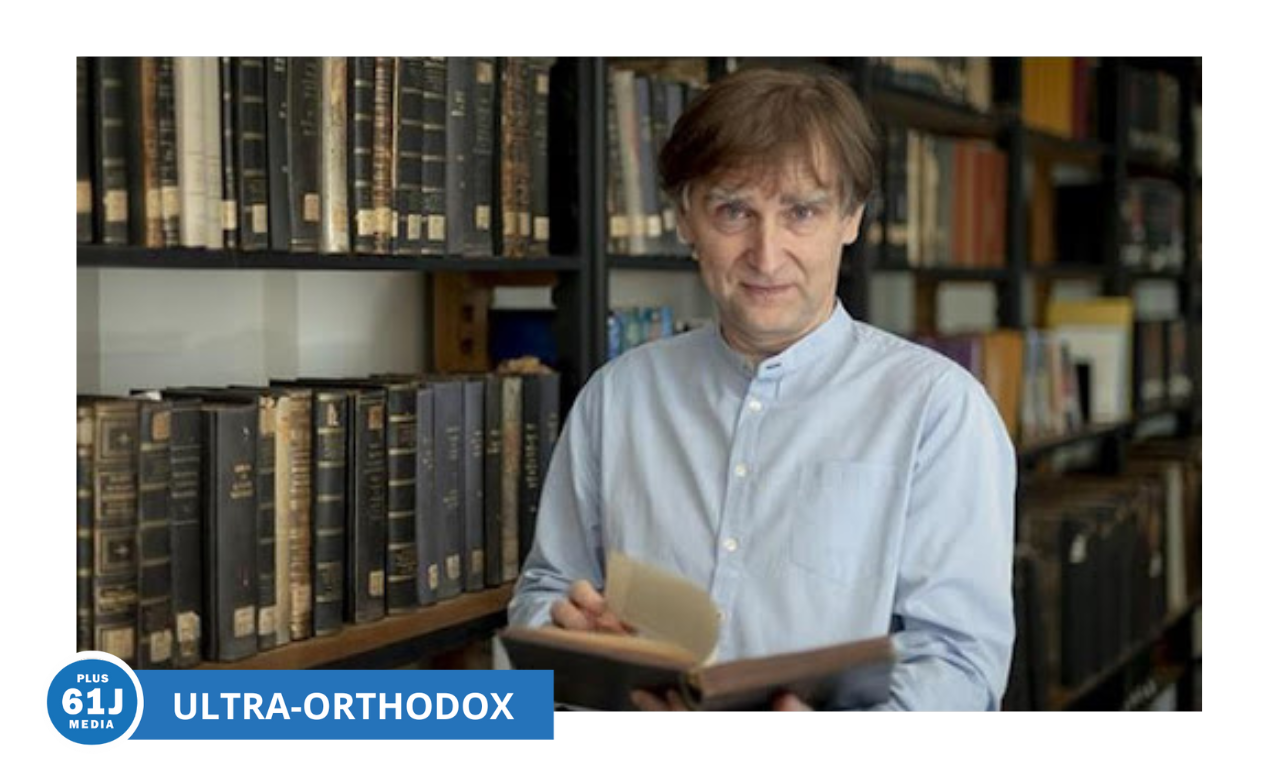Published: 2 May 2022
Last updated: 4 March 2024
PHILIP DALIDAKIS: The power of social media to connect with unengaged young people, the swinging voters who decide elections, is still underestimated by older voters
THE MOST STARTLING news of the month has been that Elon Musk, by all accounts the richest man in the world, has been willing to fork out $US44 billion to buy Twitter, a social media platform that did not exist 20 years ago. For that kind of money Musk could have bought the New York Times, or a controlling interest in News Ltd, or a major TV network.
But he didn’t. He bought Twitter, and he was willing to pay literally any price to do so. He did that because he believes that the power of social media is now greater than the power of all the conventional media put together. And he may well be on to something.
For evidence of this, look at the current Australian election campaign. Yes, all the parties are spending a lot of money mailing pamphlets to voters, putting up billboards and garden signs, buying ads in newspapers, and advertising on TV if they can afford it. They are also spending on conventional static websites featuring their candidate’s smiling face.
But all this pales into insignificance compared to the effort they are putting into social media. The “digital spend” is not huge in dollar terms, because buying time and space on social media is relatively cheap. But it is huge in terms of intellectual capital. The parties, and many local candidates in key seats as well, are deploying their best brains on their “socials” and telling them they can spend whatever they want.
They are doing this because social media offers far greater reach than any other communications technology. It also offers far greater data on the voting public in real time than any other previous technology.

Millions of voters no longer buy newspapers, or watch or listen to radio or TV news, except in the most superficial of ways. Millions are cynical about politics, or not interested in politics at all. This is particularly true of people under 35, people with relatively low education levels, and people from non-English speaking backgrounds. And in Australia at any rate, all these people get a vote.
But no matter how detached from politics they think they are, or want to be, nearly all of these people use social media. Facebook has nearly three billion active users, and five other platforms have more than a billion each (YouTube, WhatsApp, Instagram, WeChat and TikTok).
Twitter, with only (only!) 400 million, is a lot smaller, but in many ways more influential, because it is primarily a platform for talk and argument, rather than for music or dog photos. Twitter is now the world’s “public square,” and that is why Elon Musk has been so keen to get his hands on it.
The 20-year-old who spends all day staring at their phone…everything they know about politics and the world has been gained from Facebook, Twitter, Instagram, SnapChat and TikTok.
Voters under 35 have grown up with social media and use it as their primary interface with the rest of the world – with everybody outside their immediate family. These voters are critically important, because in every western democracy they have broken loose from traditional class-based party loyalties and are more “gettable” for parties and candidates than any previous generation.
That’s why the most important person for any campaign team today is the 20-year-old who spends all day staring at their phone. They don’t know or care what the Australian is saying about Anthony Albanese, or what the Age is saying about Scott Morrison, or even what is on the 6 o’clock news.
Everything they know about politics and the world, all their ideas and opinions, have been gained or influenced from immersing themselves in the constant flow of chat on Facebook, Twitter, Instagram, SnapChat and TikTok.
In this current election, parties and candidates that use social media effectively stand to reap substantial rewards. One of the reasons the so-called “teals” (the female independents running in hitherto safe Liberal seats) are posing such a dire threat to the Liberal Party is that they are using social media so effectively, reaching tranches of voters not accessible to standard electioneering tactics.
That’s why, I am told, more is being spent on social media by independent candidates in three Liberal-held inner-Melbourne seats than by the Liberal, Labor and Greens campaigns combined.
When I was a Member of the Victorian Parliament, we advertised on Facebook as our primary source of advertising spend. Not just at election time but throughout our term of office. It was cheap and efficient, and it was targeted to those people we wanted to talk to.
Of course, nothing beats a direct voter interaction, either by a meet and greet, door knocking, a street stall or a phone call. But geo-tagging an advert on Facebook was a very close second. By geo-tagging I mean literally defining what streets you want to see the advert.
That's why, I am told, more is being spent on social media by independent candidates in three Liberal-held inner-Melbourne seats than by the Liberal, Labor and Greens campaigns combined.
Such was the level of data we collated offline, we could identify which houses in which streets were likely to be swinging voters, which were houses where a language other than English was spoken at home and what issues mattered most to them.
Political parties don’t always get the advertising right, which is why my 10-year-old son keeps getting political advertisements interrupting his game play online, but it is generally advanced enough to send messages around infrastructure promises to people living around the proposed site, or to people of faith if a commitment to upgrading security at a local synagogue, church, temple or mosque has been made. And it even can be defined for specific local areas around a train car park that is promised to be upgraded.
We’ll see on election night how that investment pays off.
Photo: Tik Tok election ad




